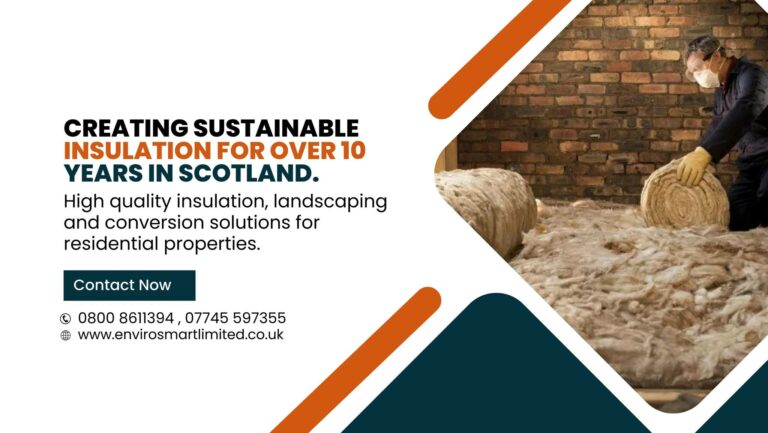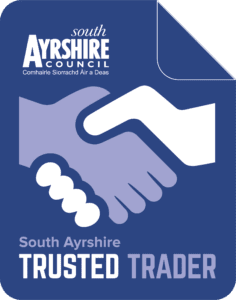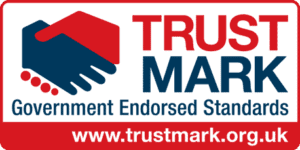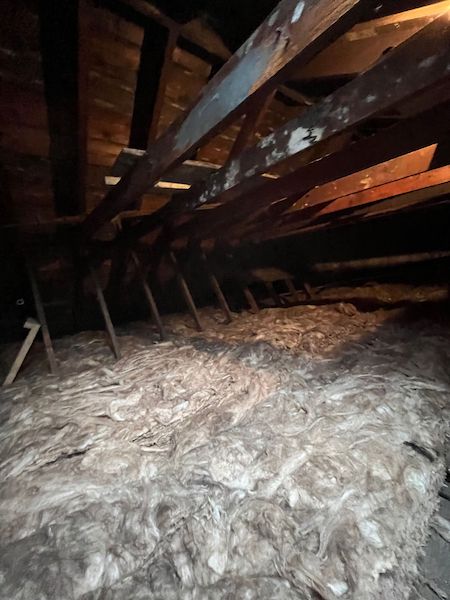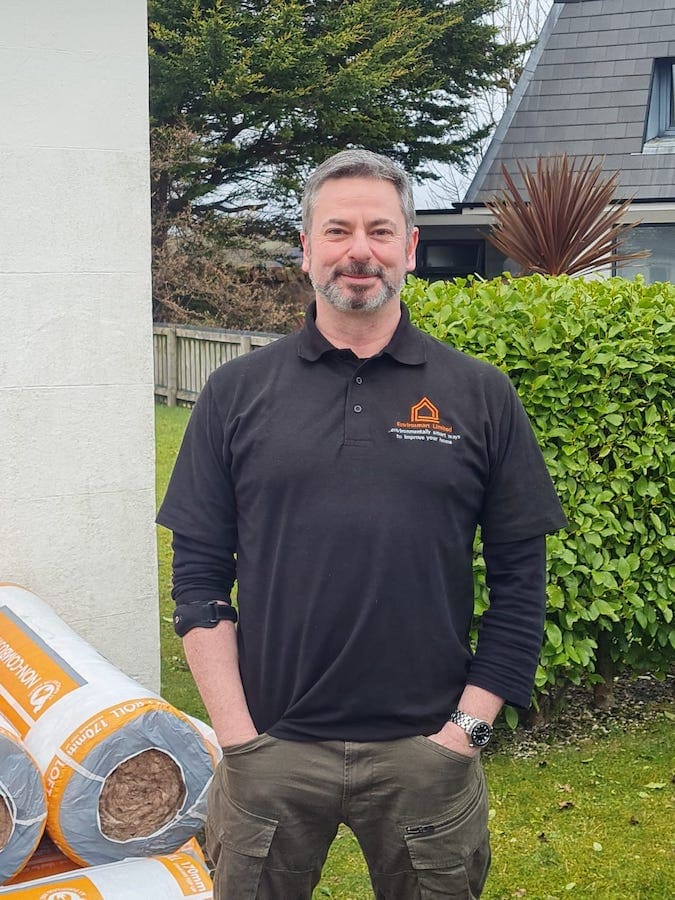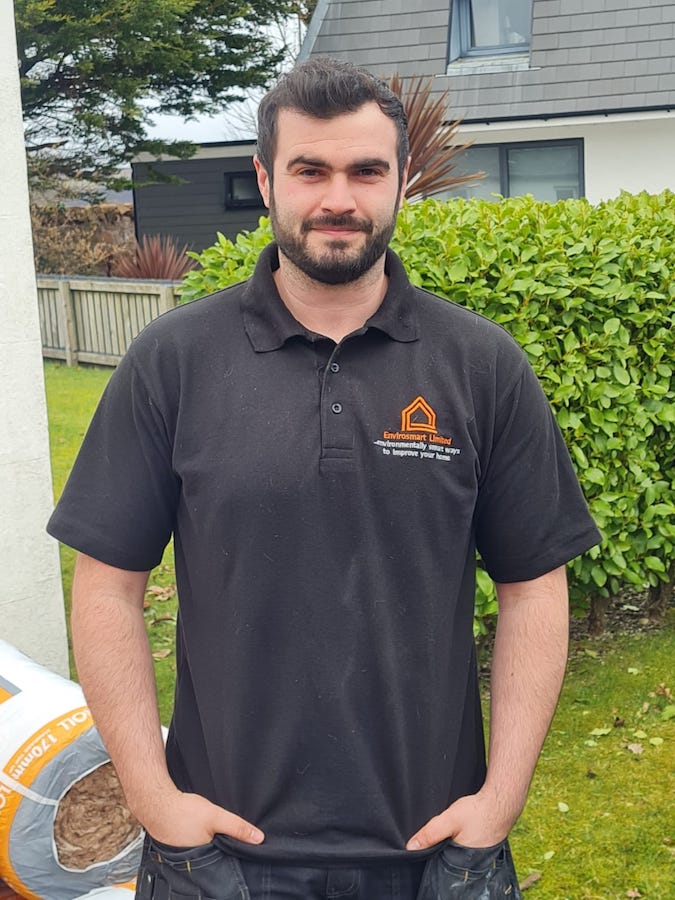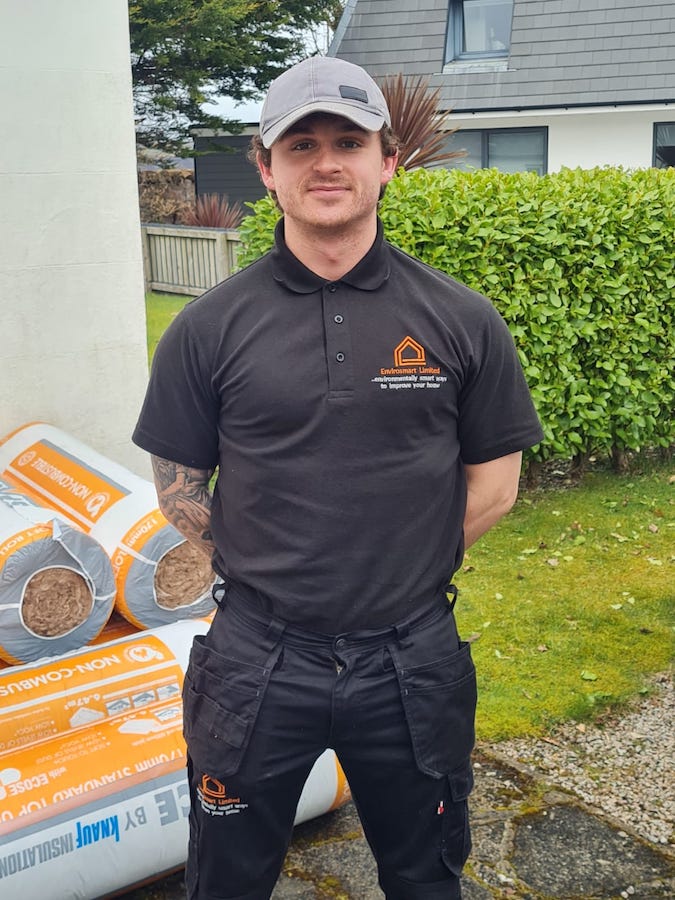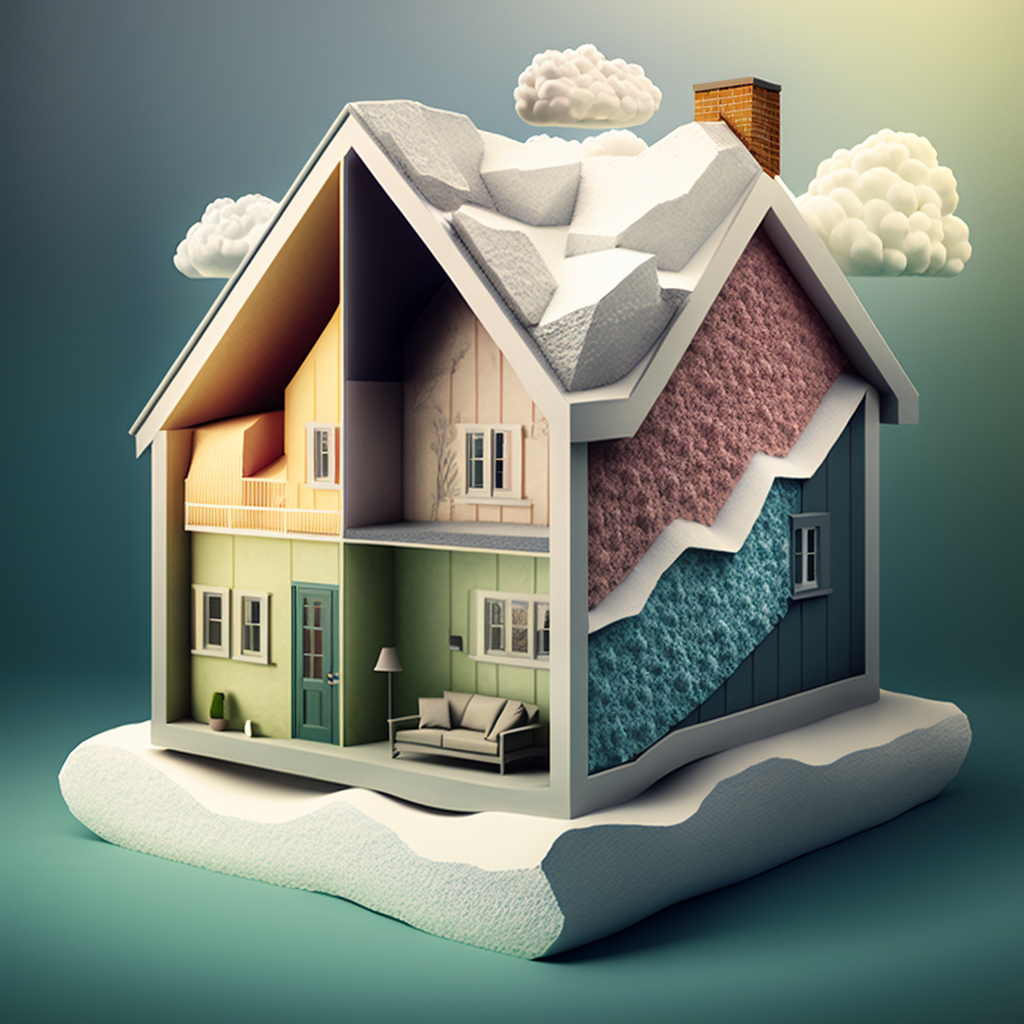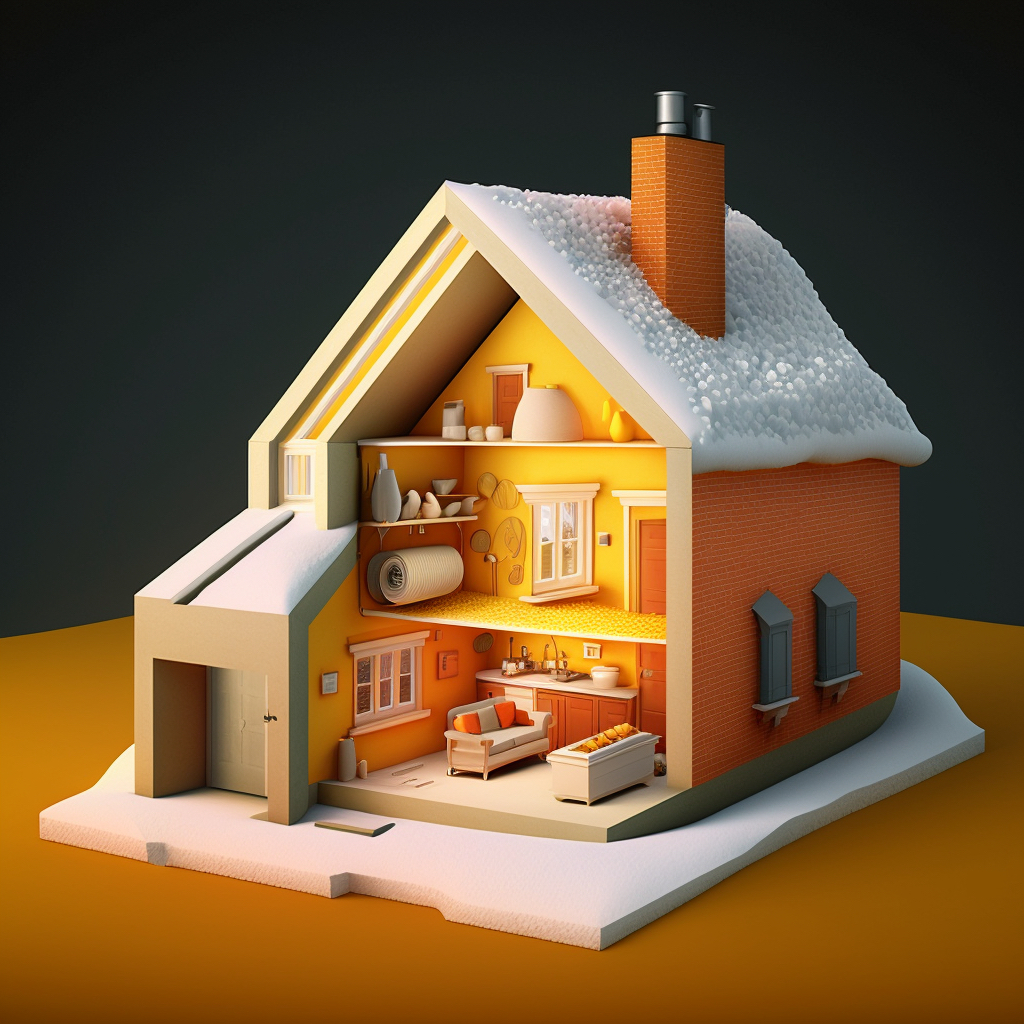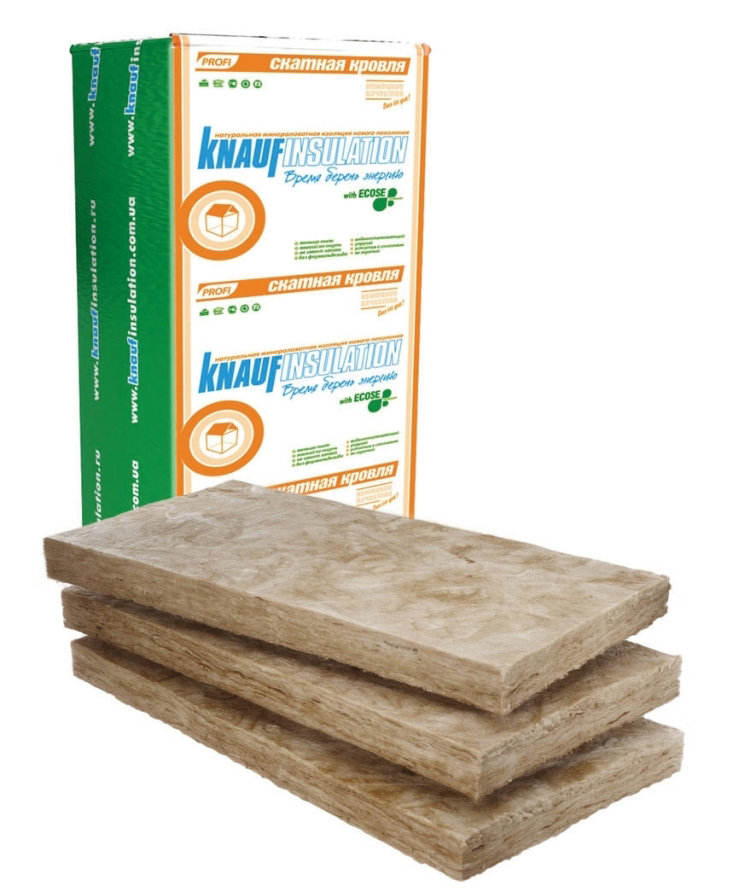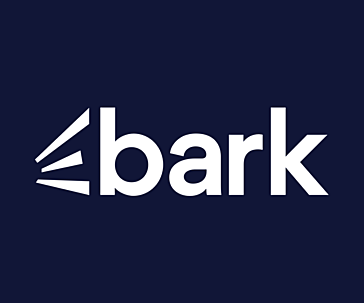Insulating your environment is a vital method of retaining and dispersing heat to maintain a comfortable environment, as well as optimising energy conservation and achieving acoustic control.
One of the most popular ways to achieve this is the use of PIR (polyisocyanurate) insulation boards, this in most cases is due to them being so easy to install. PIR boards come in different styles but the most common has an aluminium foil backing to each side, making them easily recognisable.
They are typically used as wall, floor and roof insulation and can also be bonded to plywood, plasterboard or have a glass tissue facing for use externally or in flat roofs.This makes them a versatile choice to suit a range of projects.
- PIR provides excellent insulation
With a lambda value of 0.022 PIR provides the best insulation available on the market. Only Resol insulation scores higher in terms of insulation, but is inferior in terms of pressure and humidity resistance and ease of application.
- PIR is thin
Because of its high insulation value PIR saves a huge amount of space, as less material is required to attain the same insulation value.
To achieve a recommended Rd value of 4.50 a 10 cm PIR insulation layer will suffice. To achieve the same Rd value using insulation made of, for example, EPS (expanded polystyrene foam) you would need an insulation layer of approximately 15 cm.
- PIR is light
Weighing 32 kg/m³ PIR is a lightweight loft insulation material. Mineral wool (or rock wool) for a flat roof on the other hand can weigh more than 120 kg/m³.
Example:
Using mineral wool on a 3000m² flat roof weighing 70,000 kg you would need more material than with PIR. You would also require a thickness of 230 mm, instead of 140 mm using PIR, to achieve an Rd value of 6.0.
*Calculated using a current lambda value of 0.038 and weight of 120kg/m³ for mineral wool.
- PIR is durable
PIR is an exceptionally durable insulation material.
PIR insulation is thin. Less material results in lighter structures and saves on building materials (e.g. smaller foundations, lightweight roofs, etc.).
PIR maintains energy saving measures its performance in the long term. Whilst a building remains fully insulated heating costs are kept under control, which also results in energy efficient and reduced CO2 emissions.
The durability of PIR insulation has a positive impact on the life cycle analysis (LCA) of a building project.
PIR manufacturing plants have low CO2 emissions and they also recycle waste.
- PIR is easy to combine
PIR insulation can easily be combined with different finishes within various applications in the building structure. On a flat roof, for example, you could opt for bitumen roofing, either torch applied, self adhesive or mechanically secured. PVC and EPDM pose no problem either.
- PIR is dimensionally stable
The MCT (Micro Cell Technology) in IKO enertherm PIR insulation makes our insulation boards dimensionally stable. The boards don’t shrink and the tongue and groove system guarantees wind and water tightness.
- PIR is humidity proof
Fluctuating temperatures and a high level of precipitation are common in Western and Northern Europe. PIR does not absorb moisture and consequently retains its original weight and insulation value.
- PIR is walkable and pressure resistant
When installing PIR insulation on a flat roof, roofers can be happy in the knowledge that PIR insulation boards will retain their shape when they stand on them or walk across them. Once installed, maintenance service personnel can also access the roof, e.g. to maintain solar panels, air conditioning and other technical installations. The ‘walkability’ of PIR insulation guarantees its insulation value and quality in all the above situations.
This is critical because a damaged insulation board will lose some of its insulation value. In some cases new buildings where insulation boards are indented roof membranes may even tear (particularly when secured mechanically) resulting in water ingress.
- PIR is user friendly
Spare a thought for the people who have to apply it!
- PIR is light
- PIR is particularly easy to cut
- PIR creates virtually no dust
- PIR does not cause itching
- PIR is very easy to install
- PIR has a high ‘walkability’ value
- PIR complies with fire regulations
PIR generates little or no smoke, does not melt or drip. In fact PIR insulation is equal to non flammable insulation materials (such as mineral wool) in its end use application.

